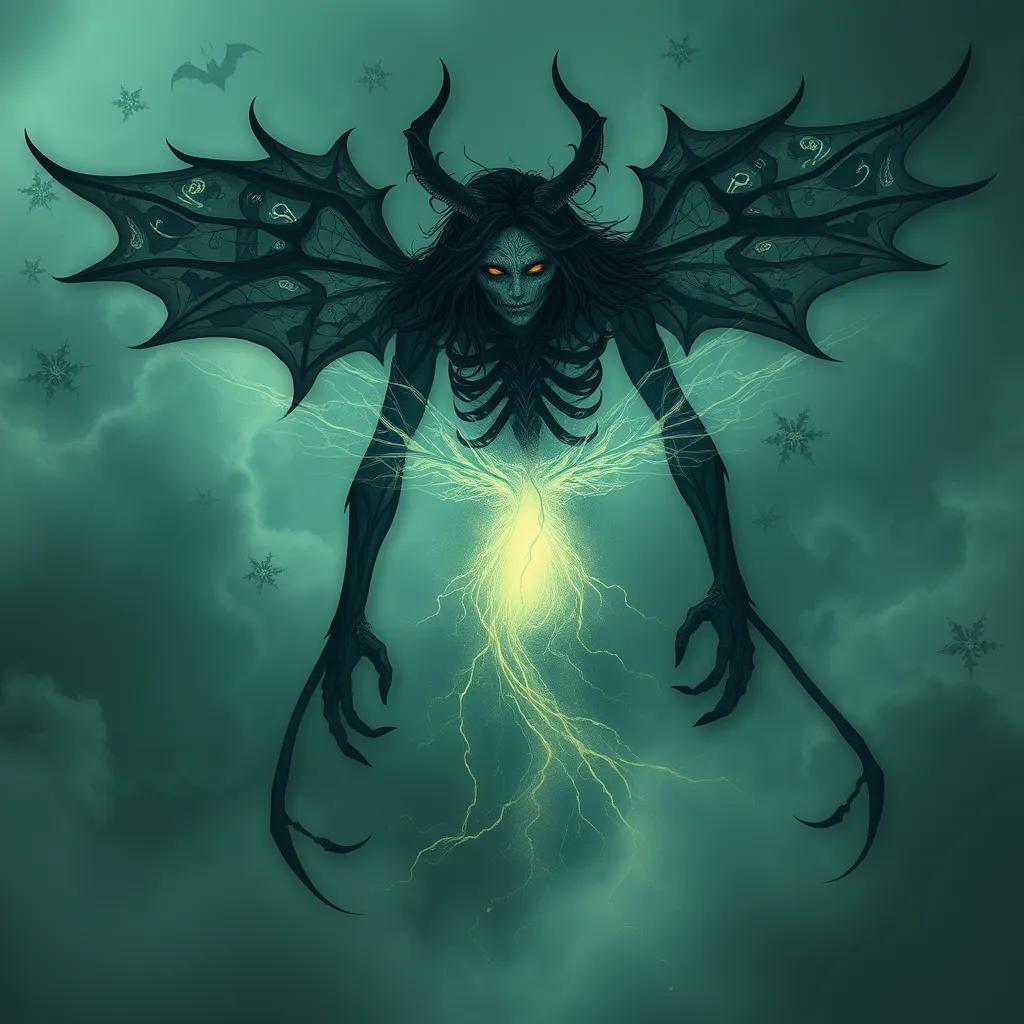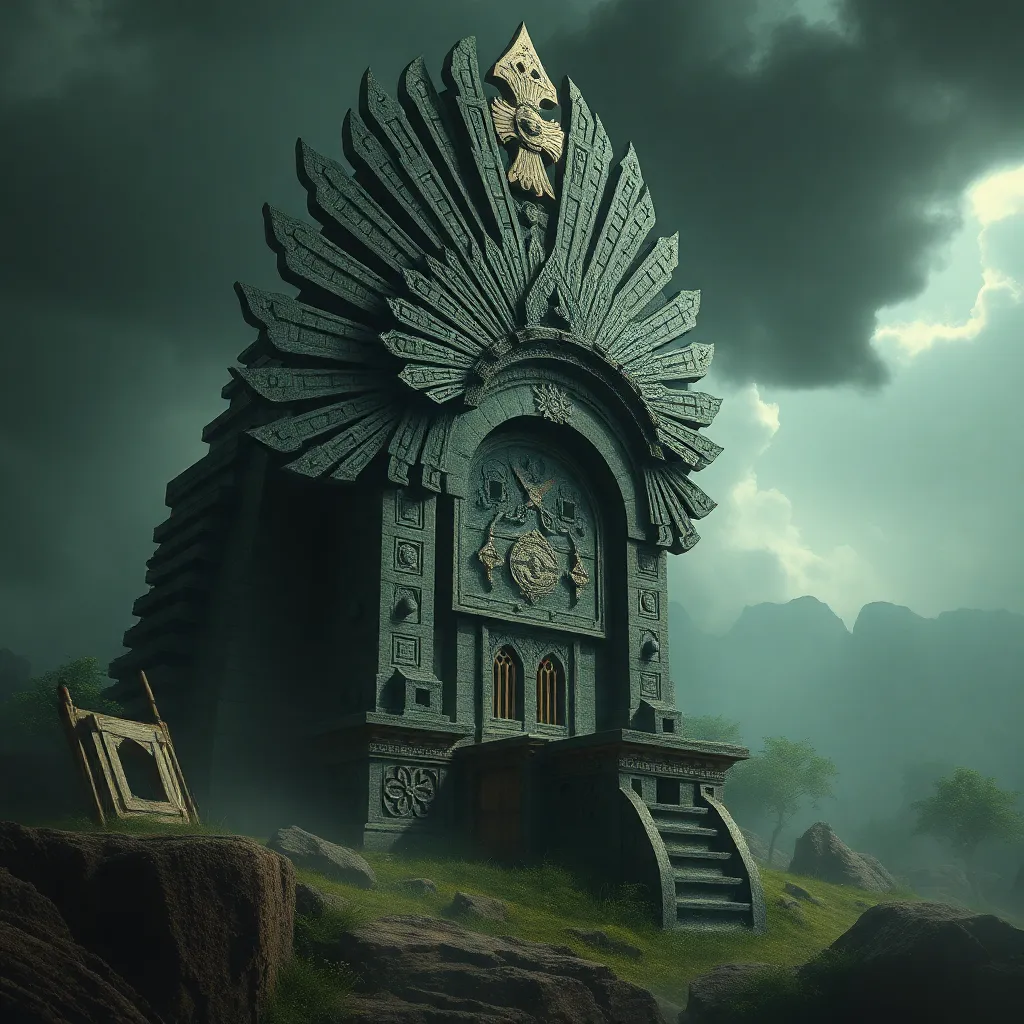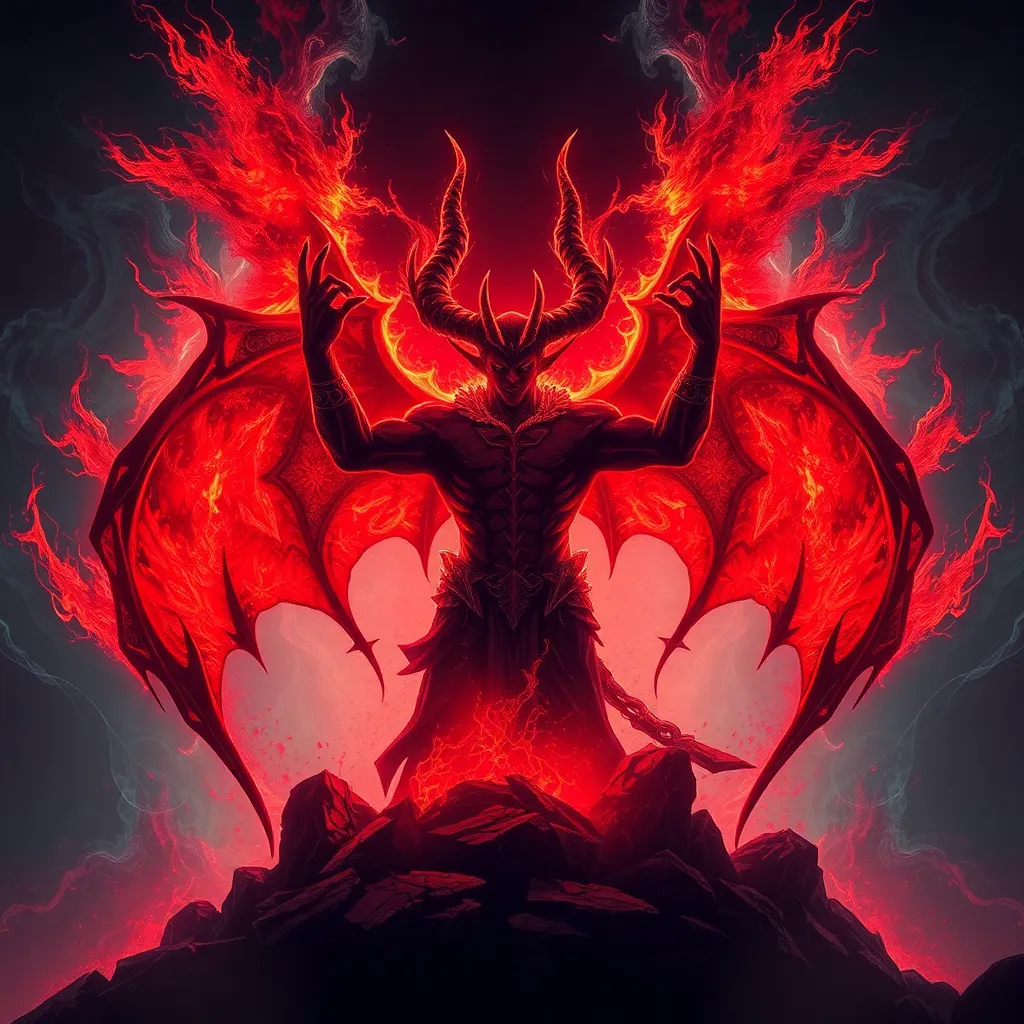The Banshee’s Connection to Family and Ancestry
I. Introduction
The Banshee, a spectral figure in Irish folklore, is often depicted as a woman whose mournful wail heralds the death of a family member. This haunting entity is deeply intertwined with themes of family and ancestry, reminding individuals of their roots and the inevitable cycle of life and death. This article will delve into the Banshee’s role in familial connections, exploring how this legend shapes our understanding of ancestry and identity.
II. Historical Context of the Banshee
The origins of the Banshee legend are steeped in ancient Irish culture, tracing back to the Gaelic-speaking populations of Ireland. Initially, the Banshee was considered a protective spirit of certain families, often associated with specific lineages, particularly the noble and the chieftains.
Over time, the image of the Banshee evolved from a benign guardian to a more ominous figure. The transformation reflects societal changes and the increasing emphasis on mortality, with the Banshee becoming a harbinger of death and sorrow. As a symbol of ancestral ties, the Banshee represents the connection between past and present, linking the living with their forebears.
III. The Banshee’s Role in Family Narratives
The Banshee’s primary role in family narratives is as a harbinger of death. Within families, her appearance or her wail is often viewed as a sign that a loved one is nearing the end of their life. This connection to death creates a solemn respect for the Banshee, as she embodies the pain of loss and the continuity of family lineage.
Numerous anecdotes exist detailing personal experiences with Banshee sightings. For example:
- A family in County Kerry reported hearing a wailing sound on the night their grandmother passed away, describing it as eerily comforting.
- Another family in Galway claimed to have seen a figure resembling the Banshee at the edge of their property just before a family member fell ill.
These narratives not only reinforce the Banshee’s significance in familial lore but also shape family identities, as they weave together a shared tapestry of experiences that honor both memory and heritage.
IV. Ancestral Connections and the Banshee’s Wail
The Banshee’s cry carries profound significance concerning family lineage. It symbolizes a call to remember one’s ancestors and to honor their memories. The wail can be interpreted as a reminder of the familial bonds that transcend death, emphasizing that one’s ancestry continues to influence the living.
Rituals and traditions associated with the Banshee often emerge during family gatherings, particularly during wakes and memorials. These practices may include:
- Sharing stories of deceased family members and Banshee encounters.
- Lighting candles in memory of those who have passed, symbolizing the light of ancestors guiding their descendants.
- Gathering around the ancestral home to recount family history, reinforcing the ties that bind generations.
V. The Banshee in Popular Culture
The representation of the Banshee in literature and film has evolved significantly over the years. In many contemporary narratives, the Banshee is portrayed as a more complex character, often embodying themes of grief and loss rather than merely serving as a symbol of impending death.
Popular culture has influenced perceptions of family and ancestry, showcasing the Banshee in various forms:
- In movies, the Banshee is sometimes depicted as a tragic figure seeking justice for wrongs done to her family.
- Literature often explores the emotional depth of the Banshee, connecting her sorrow with themes of love and remembrance.
These modern interpretations contrast with traditional beliefs, leading to varied understandings of the Banshee’s role in familial contexts.
VI. The Banshee’s Influence on Family Relationships
The Banshee embodies a dual nature of fear and reverence within family narratives. While her presence can evoke fear of loss, it also fosters a sense of connection and unity among family members. The Banshee often serves as a catalyst for families to come together, share stories, and reinforce their bonds.
Psychologically, the influence of the Banshee on familial relationships can be profound. Families may find solace in the belief that their loved ones are being watched over by this spirit, thereby easing the pain of loss. This belief can enhance familial bonds, as members unite in their shared experiences of grief and remembrance.
VII. Contemporary Perspectives on the Banshee
In modern society, views on the Banshee have shifted, with many seeing her as a figure representing the importance of family and ancestry. There is a growing revival of interest in ancestral roots and folklore, with individuals seeking to connect with their heritage through stories like that of the Banshee.
The Banshee’s relevance in discussions about heritage and identity highlights the enduring nature of folklore in contemporary life. As people explore their family histories, the Banshee serves as a reminder of the ties that bind generations and the legacies that shape our identities.
VIII. Conclusion
In summary, the Banshee’s connection to family and ancestry is a rich and multifaceted subject that spans generations. Her role as a harbinger of death intertwines with themes of remembrance and honor, reflecting the enduring legacy of family ties. As cultural consciousness evolves, the Banshee remains a poignant symbol of the connections we share with our ancestors, inviting us to explore our personal and familial narratives through the lens of folklore.
By understanding the Banshee’s significance, we can deepen our appreciation for our familial connections and the stories that shape our identities.



